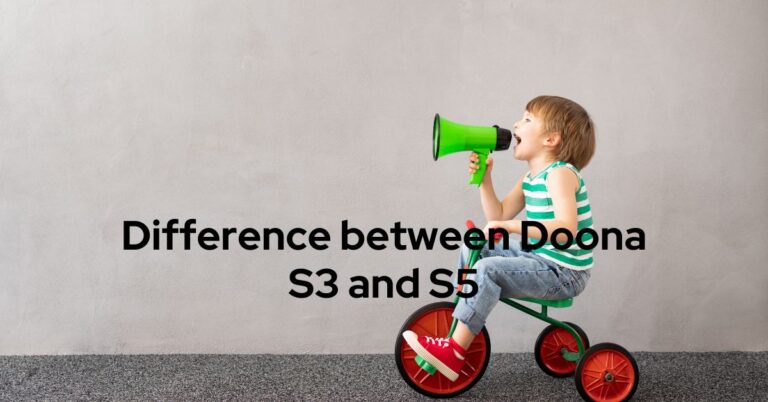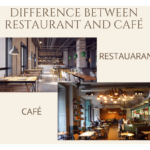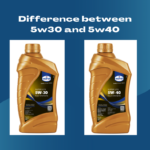Finding the difference between Casket and Coffin could be overwhelming. They differ in terms of size, appearance, shape and number of sides. Initially both may seem as the same thing but the distinction is what makes them suitable for variable jobs. Let’s understand them in detail.
What is a Casket?
Caskets are special types of burial containers that mostly come in rectangular shapes. Bearing four sides with both the top and bottom equally sized, caskets can be used for both cremation and burial. The manufacturing materials are usually metal or wood, although casket manufacturers may also offer customizations.
The one factor that makes it stand out is that caskets are lined with soft cloth, once the design has passed through its finalizations. This is done to make sure that the deceased is lying peacefully. And given this very feature, usually caskets are priced higher than their counterparts, coffins. Along with the soft cloth or linings, caskets are also coupled with bar handles running along both sides. This makes lifting and dropping the casket a bit easier, as they are known to be quite heavy.
Caskets were originally used during the 1700s which continued till the early 1900s. In the later stage, people gravitated towards coffins, as they were available in multiple designs, themes and were comparatively less priced. Since then although these rectangular burial containers have had relatively less popularity, they are now being used for cremating or burying individuals with higher status quo.
What is a Coffin?
Another vessel, used for cremating deceased individuals, coffin is the affordable substitute for caskets. They are easy to customize, readily available and have removable lids, unlike caskets that arrive with lids connected with hinges.
When it comes to their type, coffins can be ordered in whatever size, form or material that their buyer demands. They have six sides, like that of a hexagon, with the top being wider than the bottom. It gives them the resemblance of a person lying down, hence the name.
The inner sides of these vessels may or may not bear cloth linings, depending upon the customization request. Similarly, another difference between casket and coffin is that the latter doesn’t have side bar railings and thus require special ‘coffin furniture’ to be transported from one place to another. So while overally these burial vessels are low priced, transportation and customization is what makes them go over to the pricier side.
Difference Between Casket and Coffin – 7 Factors to Understand
To make it easier for you to understand, here we have arranged the differences in a tabular form.
| FACTORS | CASKET | COFFIN |
| Number of Corners | 4 corners | 6 corners |
| Shape | Rectangular Shape | Hexagonal Shape |
| Manufacturing Materials | Metal and Wood | Variety of materials, including veneer, solid wood, bamboo, wool, etc |
| Customizations | Available | Available |
| Weight | Bulkier and Heavier | Relatively less bulky (depends upon the manufacturing materials) |
| Additional Features | Soft cloth is used as padding the interiors | Interior padding needs to be requested individually |
| Ease of Transportation | Bar railings coupled on both sides of the container | Requires special ‘coffin furniture’ to be moved |
| Cost | Quite Expensive | Relatively affordable (based upon customizations) |
Casket or Coffin- Which one should you go for?
If you are looking for a vessel that is intricately designed, easy to carry and made up of high quality wood, then caskets are the best choice. But if you are running under a budget, coffins could be your knight in shining armor.
Like we discussed above, both the burial containers are customizable and do their work nicely. So, if you are unable to decide which one’s best for your requirements, then consulting a funeral specialist or getting in touch with an experienced funeral home could come handy.
With their years worth of practical skills, they can support you bid your loved one a memorable goodbye, without letting the overall expenses go out of hand.
To read more interesting topics like these, follow us at difference.com or sign up for our mailing list today.







